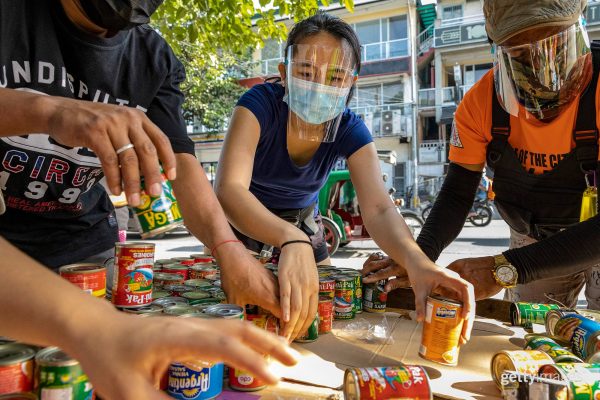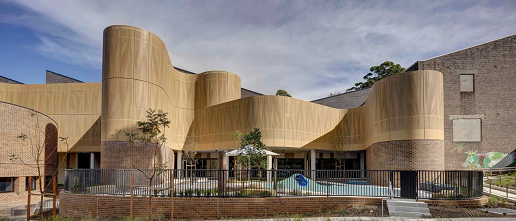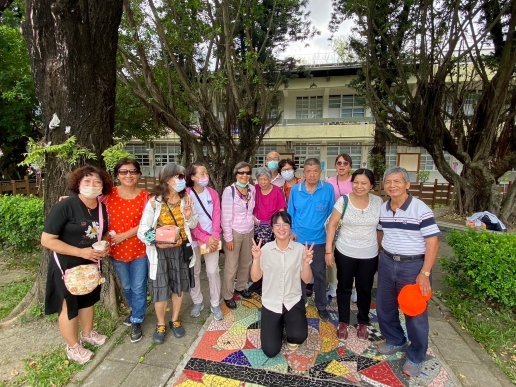According to THE ASEAN POST, “Bayanihan” is the essence of Filipino customs and culture derived from the Tagalog word “bayan” for nation, town, or community.
It means “being in a bayan” and refers to the fundamental aspect of Filipino culture of working together as a community to achieve a common goal. In this case, helping out one's neighbor.
One of the many exhibitions of the “Bayanihan” spirit these days complementing the socio-economic assistance programs of the various agencies of the Philippine government is the construct of “community pantries” being carried out by the private sector, non-government organizations (NGOs), religious groups, and even well-meaning and well-intentioned Filipinos who are extending help and taking care of the less privileged and the weakest segment of Filipino society as the country continues to battle the COVID pandemic.
Ana Patricia Non is a young entrepreneur who started the community pantry movement. According to GMA NEWS, Non, a 26-year-old University of the Philippines alumnae, sought to address hunger in her community by parking her bamboo cart filled with food items beside a tree in Maginhawa street, Quezon City bearing the now famous slogan “Magbigay ayon sa kakayahan, kumuha batay sa pangangailangan.”
The fundamental purpose of a community pantry is to share something with others.
Its organizer is in many ways a good Samaritan offering kindness and assistance to less fortunate Filipinos. Such a display of community spirit is commendable and praiseworthy.

THE ASEAN POST mentions, from the first community pantry on Maginhawa Street, Quezon City, dozens more have opened not only in Metro Manila, but also in some Luzon provinces, the Bicol region and in Mindanao, prompting Caloocan Bishop Pablo Virgilio David to call it “the most tangible sign of hope.’’
In Iligan City, Lucia Silva launched her version of young entrepreneur Ana Patricia Non’s Maginhawa community pantry at Purok 5 in Sitio Canaway, Barangay Saray, where many had lost their jobs.
“Most of the residents in this community are construction workers, sikad and jeepney drivers, labourers, sidewalk vendors and fishermen who were affected by the pandemic,” the 23-year-old Silva said.








